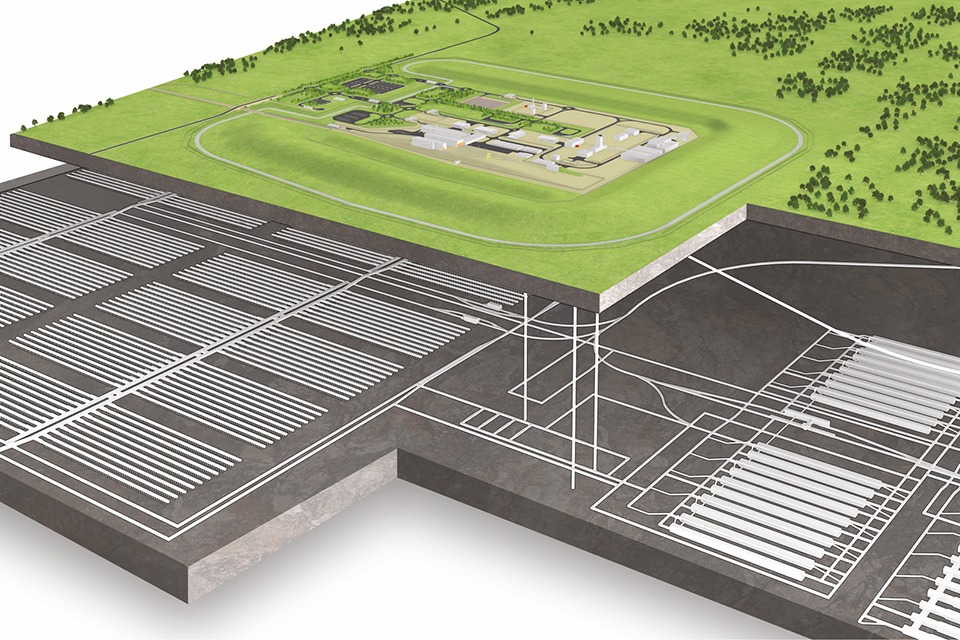 UK Nuclear Waste Services (NWS) has begun a wide range of studies to evaluate sites that could be suitable to host a Geological Disposal Facility (GDF). The studies will be conducted over several years to help ensure a GDF can be constructed, operated, and closed safely and securely. Each potential location will be assessed against a number of siting factors including, safety and security, community, environment, engineering feasibility, transport, geology and value for money.
UK Nuclear Waste Services (NWS) has begun a wide range of studies to evaluate sites that could be suitable to host a Geological Disposal Facility (GDF). The studies will be conducted over several years to help ensure a GDF can be constructed, operated, and closed safely and securely. Each potential location will be assessed against a number of siting factors including, safety and security, community, environment, engineering feasibility, transport, geology and value for money.
NWS, launched in January 2022, brings together the expertise of site operator Low Level Waste Repository Limited (LLWR), Geological Disposal Facility (GDF) developer Radioactive Waste Management (RWM) Limited and the Nuclear Decommissioning Authority’s (NDA’s) Integrated Waste Management Programme. NWS is not a legal entity but provides strategic oversight over the operation and development of these businesses through a management board governance structure.
NWS experts and specialists from the supply chain will initially evaluate Community Partnership areas through non-intrusive activities such as geophysical surveys and desk-based studies of existing data on things like the local geology, transport infrastructure and local power supply.
Four Community Partnerships have already been established in Allerdale, South Copeland and Mid Copeland in Cumbria, and in Theddlethorpe in Lincolnshire. The studies will focus on these areas. NWS says the work will be supported by service providers specialising in data gathering, optioneering and design, assessment, and evaluation. A site evaluation service contract has been awarded setting out a five-year framework of a comprehensive range of site evaluation services.
Detailed investigative work will subsequently be conducted for communities that progress to the later steps in the process, including the drilling of boreholes, to understand more about the geology deep below the surface where a GDF could be built. The information collected during these studies will support the applications to carry out borehole drilling at locations selected for further work and, pending confirmation of a GDF location, the necessary regulatory permissions.
“This work signifies progress in the GDF siting process”, said NWS Major Permissions Programme Lead, Malcolm Orford. “We are now assessing a range of information to help build our confidence about whether the current locations engaged in the process could host a GDF.
Even after a suitable site is selected, the process could take 10-15 years. A decision to develop a GDF cannot be taken until the potential host community has commented and given consent through a Test of Public Support. NWS emphasised that the GDF programme requires both a suitable site and a willing community.
Image: Illustrative representation of a GDF (courtesy of gov.uk)






